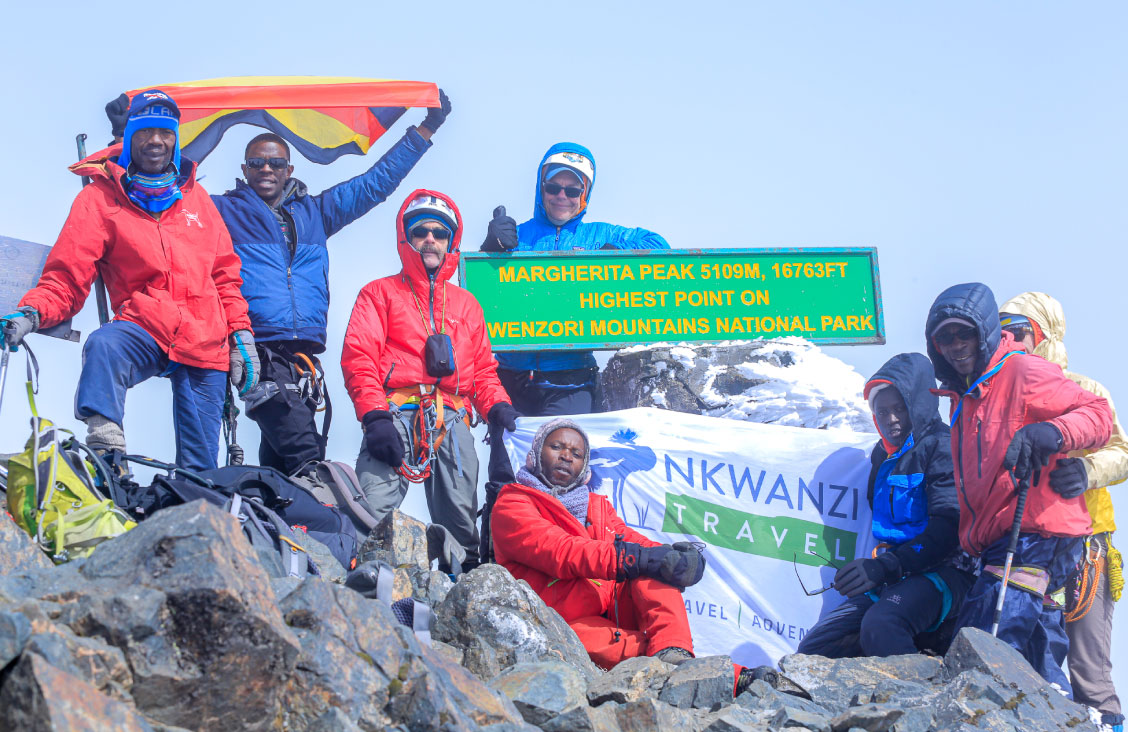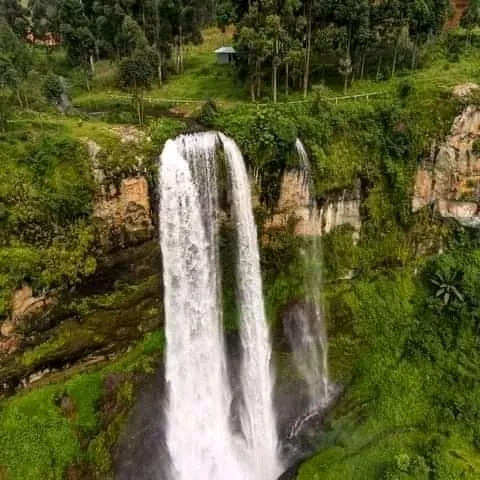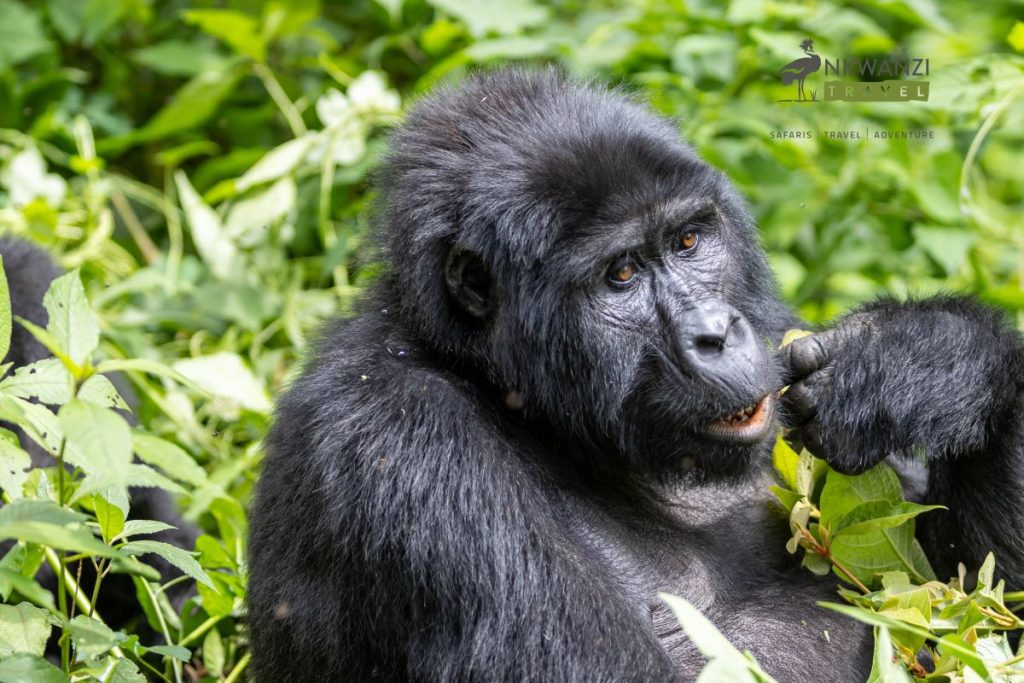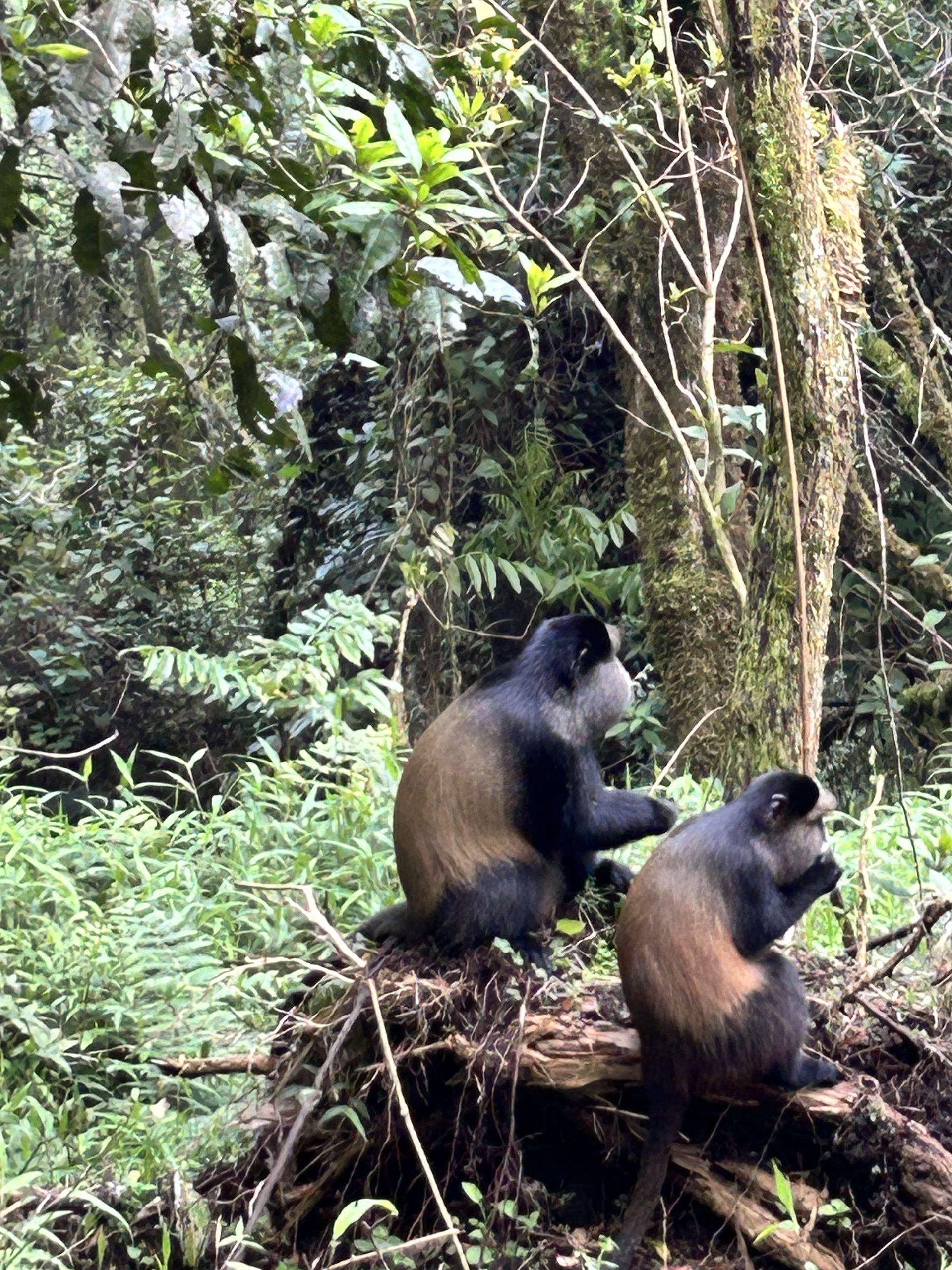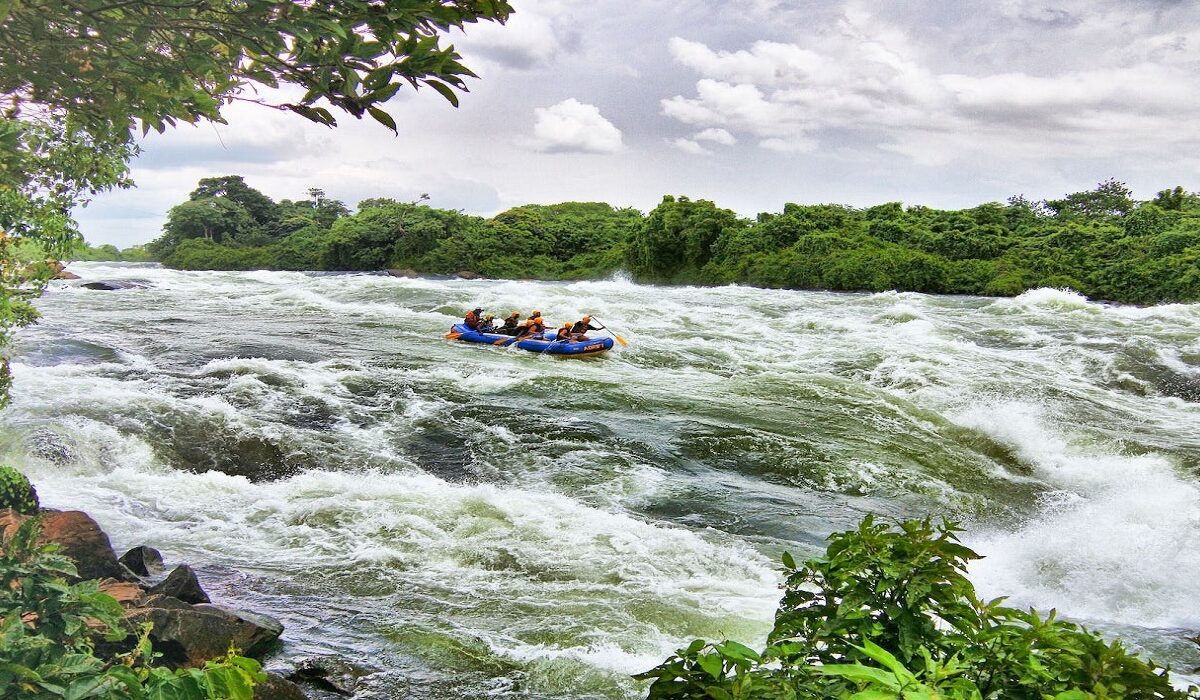Mt Kilimanjaro National Park
Located in Tanzania, Mount Kilimanjaro is Africa’s tallest mountain at about 5,895 meters (19,340 feet). It is the largest free-standing mountain rise in the world, meaning it is not part of a mountain range.
Also called a stratovolcano (a term for a very large volcano made of ash, lava, and rock), Kilimanjaro is made up of three cones: Kibo, Mawenzi, and Shira. Kibo is the summit of the mountain and the tallest of the three volcanic formations.
While Mawenzi and Shira are extinct, Kibo is dormant and could possibly erupt again. Scientists estimate that the last time it erupted was 360,000 years ago. The highest point on Kibo’s crater rim is called Uhuru, the Swahili word for “freedom.”
The mountain is also known for its snow-capped peak; however, scientists warn that the snow might disappear within the next 20 years or so.



Routes to the peak
There are Seven main Mount Kilimanjaro routes which lead to the summit, Uhru peak, one of which starts on the Northern side of the mountain and the rest on the Southern side.
The routes are Marangu, Machame, Lemosho, Shira, Rongai, Northern Circuit and Umbwe.
1. Northern Circuit Route
2. Lemosho Route
3. Shira Route
4. Machame Route (“Whiskey” Route)
5. Rongai Route
6. Marangu Route (“Coca-Cola” Route)
7. Umbwe Route
Hiking Mount Kilimanjaro takes between five to nine days in order to reach the Kilimanjaro Summit and then descend to the finishing point. The more days spent on the mountain the more likely you will summit successfully because you will become more acclimated to the altitude.
Rongai route
- Only northern approach route to Mount Kilimanjaro’s summit.
- Offers a true wilderness experience on the early stages of the climb.
- Very tough final summit night.
- Less natural acclimatization with no opportunities to “walk high, sleep low



Lemosho route
- An excellent route to climb Kilimanjaro by with a high success rate.
- Allows climbers to “walk high, sleep low” enabling better acclimatization.
- Remote and spectacular approach with dramatic gorges and views of west Kilimanjaro.
- Shira route offers higher start point therefore is less good for acclimatization.



Marangu route
- Shortest route to the summit which means less time to acclimatize.
- Much lower success rate.
- Dormitory style accommodation which can be noisy.
- Less scenic due to ascent and descent on same route.


Machame route
- Highly recommended, best success rate.
- Allows “walk high, sleep low” for better acclimatization.
- Stunning scenery climbing through five diverse climatic zones.
- Ascent and descent is via different routes.

